




Nestled in the heart of Utah the San Rafael Swell is a breathtaking landscape that showcases the remarkable interplay of geology, history, and recreation. This unique region is characterized by its stunning rock formations, deep canyons, and expansive vistas, making it a paradise for outdoor enthusiasts and history buffs alike. The San Rafael Swell is renowned for its striking geological features, formed over millions of years through the forces of erosion and sedimentation. Towering cliffs, vibrant rock layers, and intricate slot canyons tell the story of the Earth’s history, with formations like the San Rafael Reef standing as a testament to the power of nature. The area’s colorful sandstone and limestone formations create a visual feast, drawing photographers, hikers, and geologists to explore its rugged beauty.
Long before western expansion the San Rafael Swell has been home to various native cultures. Indigenous peoples thrived in this region, leaving behind pictographs, pottery, and other artifacts. Many of these rock writings are still available to visit in the Swell, and many artifacts collected from the area can be viewed at the USU Eastern Prehistoric Museum located in Price, or the San Rafael Museum in Castle Dale. Visitors who come across artifacts and other cultural sites should Visit with Respect by leaving items where they are, staying out of structures, and avoiding touching rock writing panels. The San Rafael Reef is a geologic feature located in Emery County in central Utah, part of the Colorado Plateau. Approximately 75 miles long, it is the distinctive eastern edge of the San Rafael Swell. Composed primarily of steeply tilted layers of Navajo and Wingate Sandstone, it has been eroded into tall fins, domes, cliffs, and deep canyons.
The San Rafael River, Interstate 70, and Muddy Creek all cut through the San Rafael Reef. There are also numerous slot canyons that twist their way through the flanks of the San Rafael Reef, among them Crack Canyon, Chute Canyon and Straight Wash. These spectacularly beautiful canyons are often just a few feet wide and can be hundreds of feet deep. For years the San Rafael Swell has been considered one of the undiscovered natural wonders of the American West. The San Rafael Swell also provides sights that cannot be found anywhere else.


ENJOY THIS EXTENDED VIEW OF THE SAN RAFAEL SWELL AND REEF


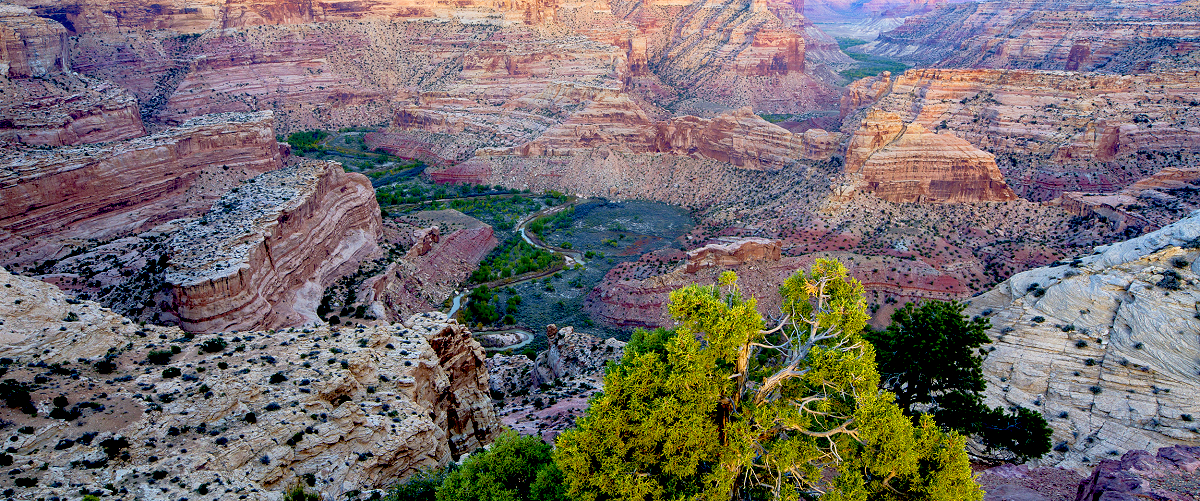
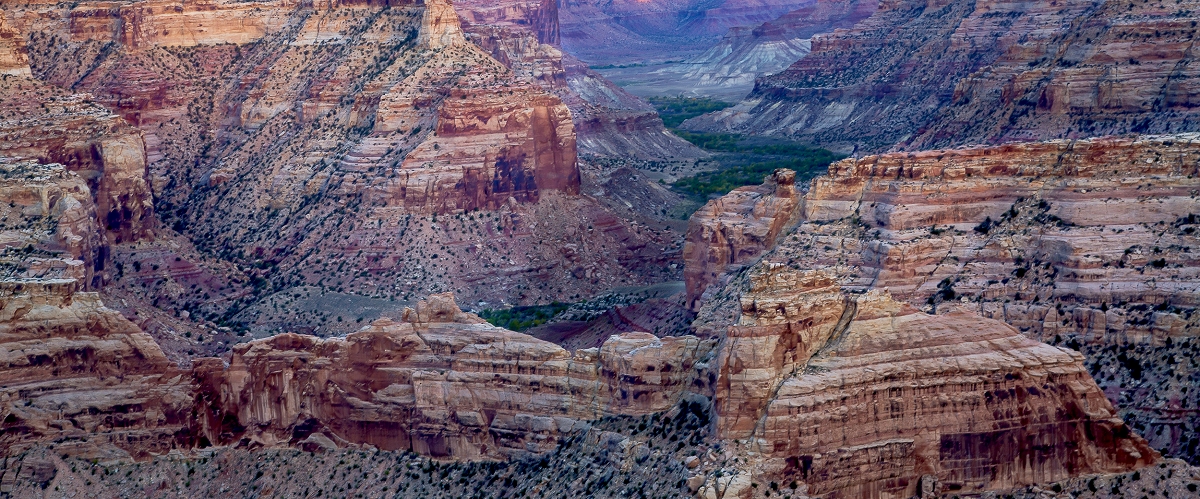
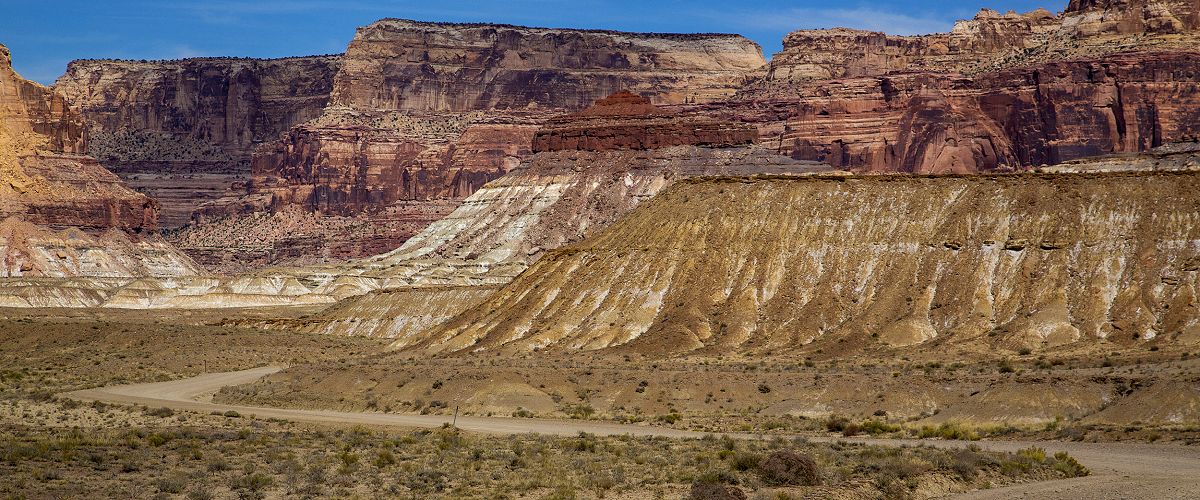

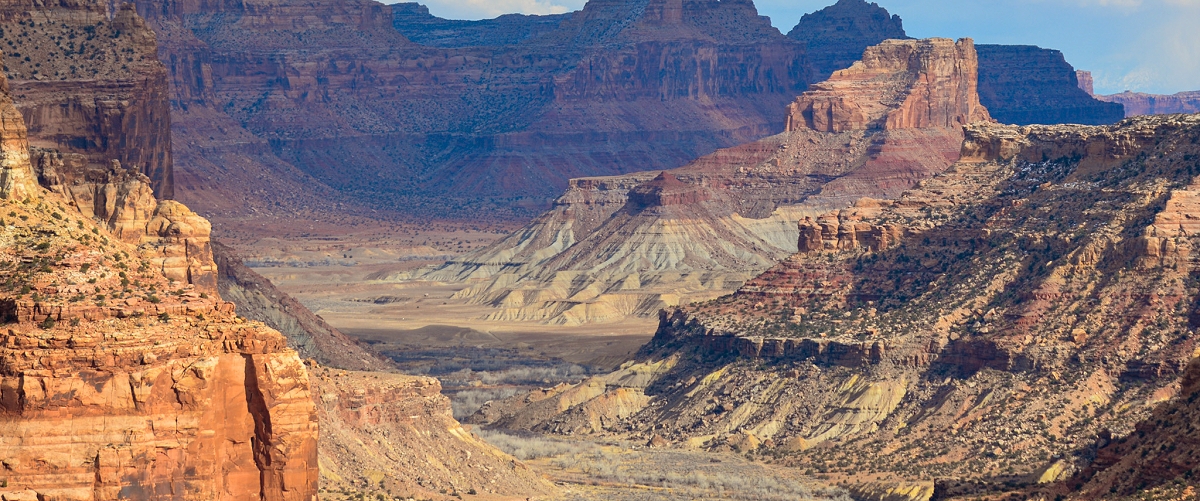

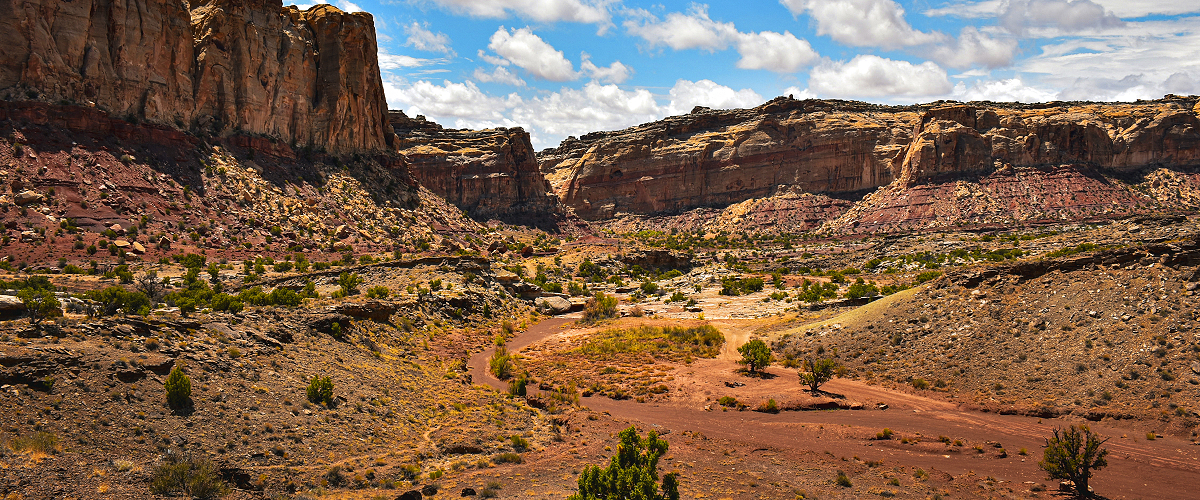
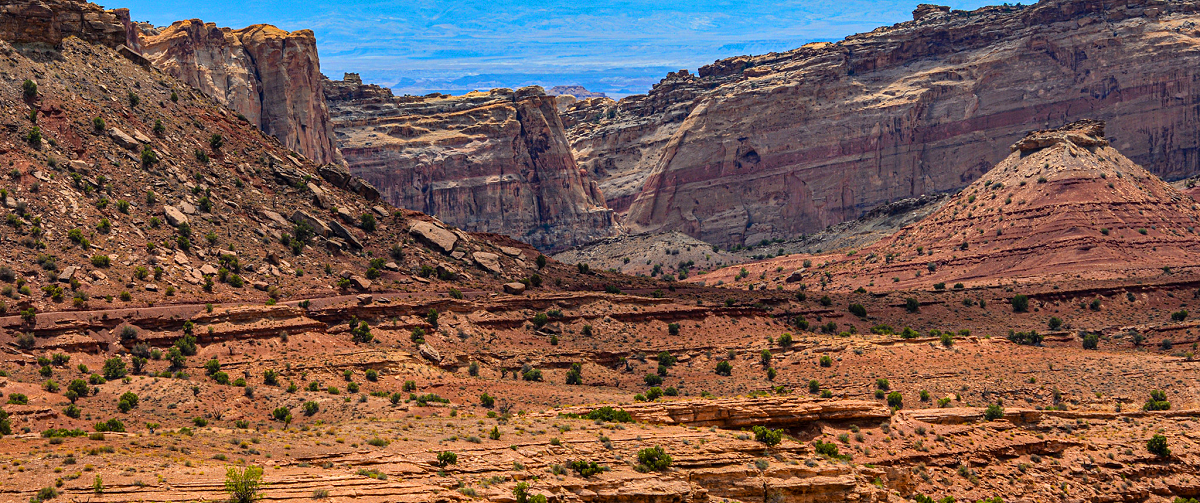

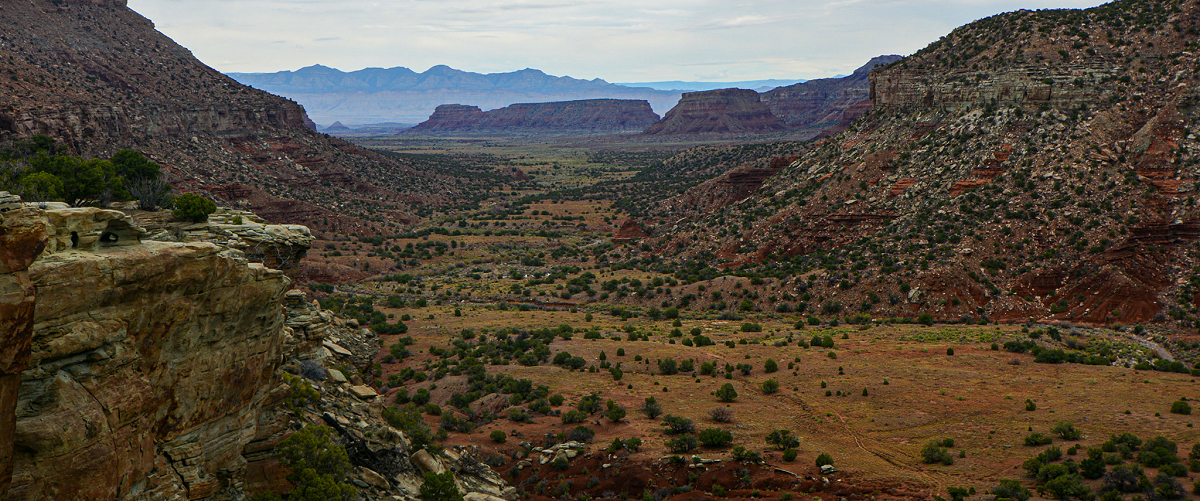
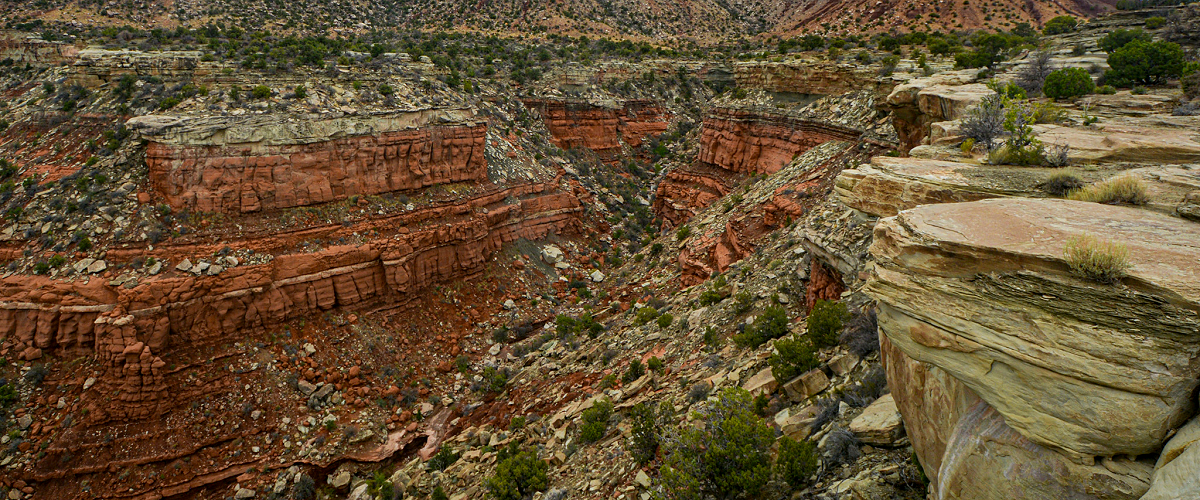

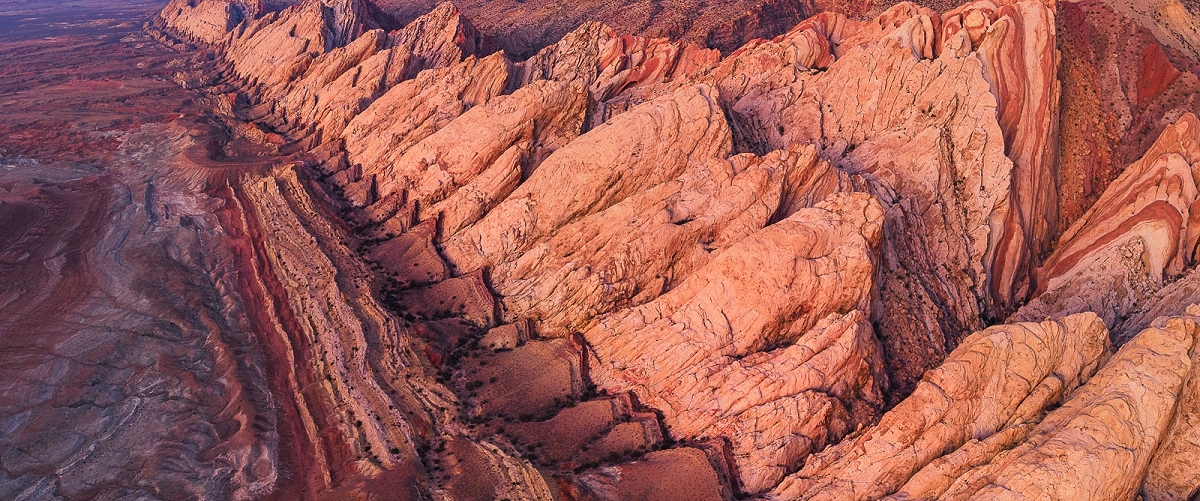
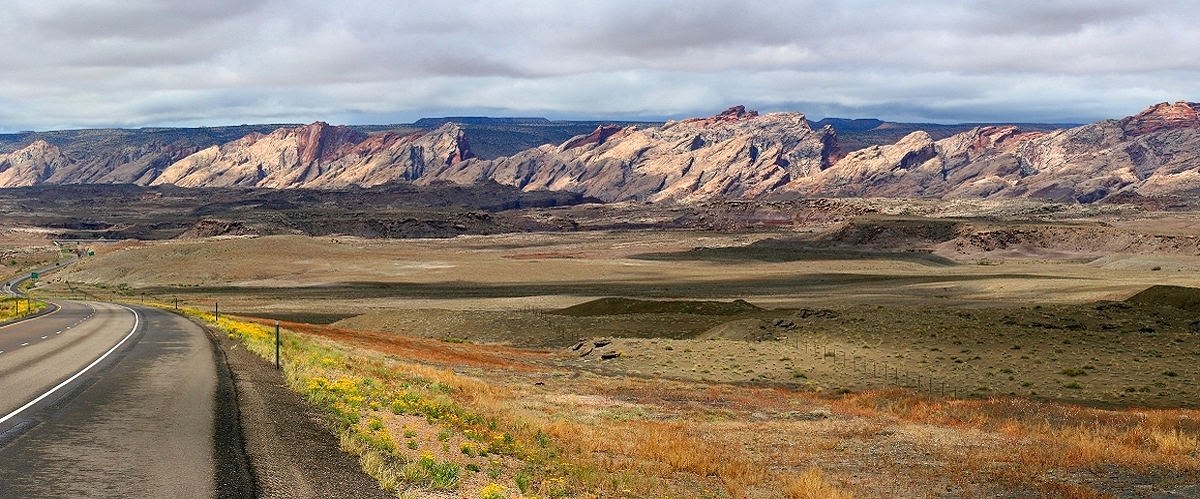
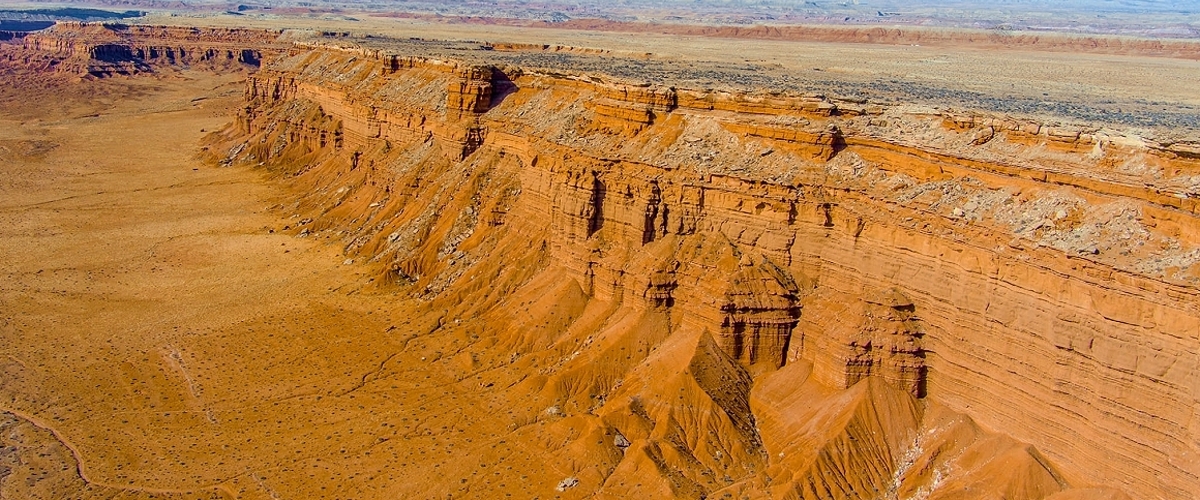



Explore Utah was created and is maintained by Explore Utah Online ©2020-2025 (All Rights Reserved) This website was created for the enjoyment of Utah. If you believe copyrighted work is available on this website in a way that constitutes a copyright infringement please contact me for removal. All rights to the images and other materials used belong to their respective owners. I do not claim ownership over any third-party content used. Photos on this website are used for educational purposes only and used with permission and courtesy of: Scott Taylor - Albert Wirtz - Angela Banfield - Catherine Colella - Chase Bartholomew - Danielle Yung - Elliott Hammer - Francisco Ovies - George Gibbs - Greg Kebbekus - Hilary Bralove - Jacob Moogberg - Jim Paton - Jim and Nina Pollock - John Dahlstet - Jay Luber - Jessica Holdaway - John Hammond - John Dahlstet - Logan Selinski - Logan Selinski - Michelle Leale - Mae Thamer - Mark Thompson - Mia & Steve Mestdagh - Michelle Leale - Randy Baumhover - Sven Hähle - Shawn Anthony - Thomas Eckhardt - Thomas Jundt - University Of Utah - Bureau of Land Management - Utah Education Network - Utah History Encyclopedia - Utah League of Cities and Towns - Utah Geological Survey - Ski Utah - Free To Use Photo Websites: Unsplash - Pexels - Freepik - Pixabay - iStock - ShutterStock - Burst - Flickr - PickPik - Rawpixel - HistoryPictureArchive This website contain links to third party websites. The linked sites are not under the control of this website and is not responsible for the contents of any linked website. These links are provided as a convenience only and shall not be construed as an endorsement of, sponsorship of, or affiliated with the linked website ... Send your comments or questions to webmaster@exploreutah.online